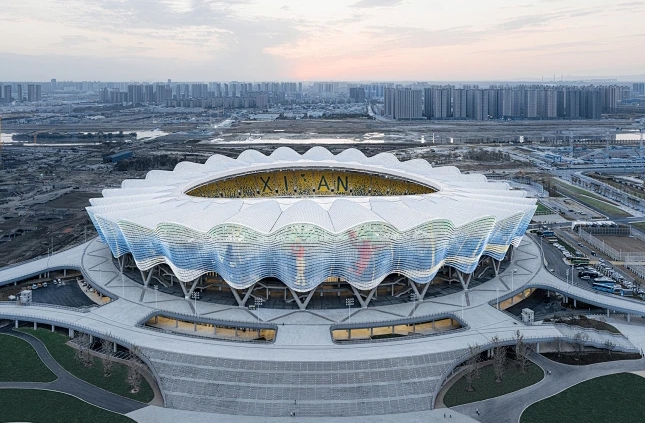Dome stadiums have a strong influence on the development of sports venues. The key and benefit of building a dome stadium is to ensure that games can be played. In cities with bad weather, indoor games can eliminate the interference of weather factors. Audiences who have bought tickets do not have to worry about whether the game will be cancelled. It can also reduce the negative impact of weather on spectators going to watch the game and buying tickets.
Another advantage of a domed stadium is that it can host many games during the year. For example, the Superdome in Louisiana, USA, hosts the regular season of professional teams and college teams, the finals of professional and college season games (it has hosted five Super Bowls), and also hosts the NCAA Final Four.
However, with the advent of retractable roof stadiums, the popularity of domed stadiums has fractured. At the same time, some of the shortcomings of the dome became increasingly apparent. First, the dome stadium is not suitable for every game; second, when the weather is good, the audience cannot enjoy the beauty of nature at the same time.
Nowadays, domes are more commonly used on other facilities rather than some stadiums, such as swimming pools.
Domes can be divided into four types:
Really constructed of glass, metal, or wood, possibly on removable rails
Structure supported by air, using hair dryers and ropes to hold fabric/fabric in place
Framed structures with cloth/fabric covering an aluminum or steel frame (the frame is permanent or removable)
Use tensile film-type fabrics to hold up flagpoles, similar to how a circus tent is set up.
By using fabric, the cost of the dome can be significantly reduced. According to American scholar Cohen in 2001, a frame-structured dome at that time was 30-50% cheaper than a physically built dome; an air-supported structure only cost 10% of traditional construction costs. However, while construction costs are much lower, maintenance and management costs are much higher.
The above are some main types of sports venues. They cannot cover all types. The characteristics of various venues are only a preliminary summary. If there are any inaccuracies, please correct me. After understanding that there are different types of venues, it seems that we need to further develop corresponding professional knowledge for different types of venues when operating venues.
Post time: Feb-26-2024

